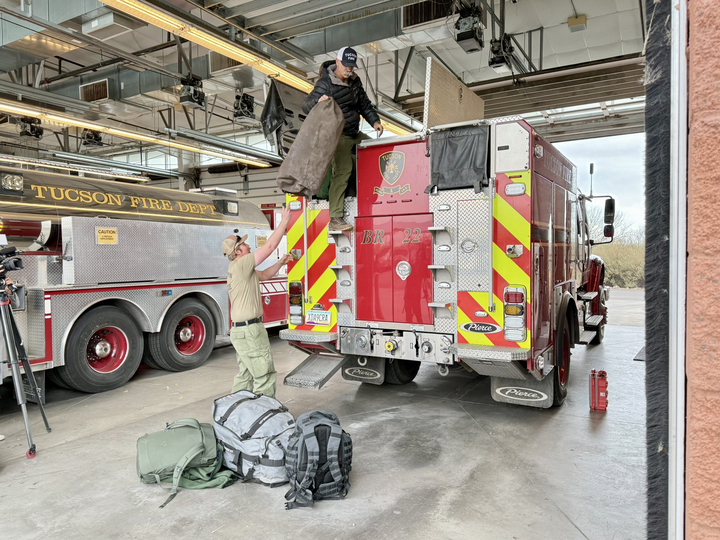The Fukushima Dai-ichi Nuclear Power Plant in Japan was built to withstand about 18 foot waves. When the earthquake hit on March 11 it set off a tsunami with waves as large as 24 to 25 feet.
“”It really exceeded anything they had prepared for,”” said Susan Beck, a geosciences professor at the UA College of Science. She hosted a ScienceNow event titled A Public Forum on the Science Shaping Current Events: Disaster in Japan.
“”We’re living today with the results of polices that were made 40, 60 years ago”” said panelist Paul Bonavia, chairman, president and CEO of UniSource Energy Corporation, who spoke on energy policy at the forum.
“”Decisions that look good today are going to be tested by realities far into the future,”” Bonavia said.
In regard to the Palo Verde Nuclear Generating Station in Arizona, John Williams, panelist and professor of nuclear and energy engineering, does not think there is much to worry about.
“”It’s not something for anyone to get anxious about,”” Williams said. “”The accident that happened in Japan is not going to happen in Palo Verde because it is a different type of reactor and there aren’t any tsunamis.””
Dr. Baldassarre Stea, professor and department head of radiation oncology, spoke on the health affects of radiation.
“”It was strange for me to stand here tonight to discuss the harmful effects of radiation,”” Baldassarre said. “”We are constantly exposed to radiation in our daily activities.””
While radiation was detected in Phoenix, Baldassarre and other panelists echoed that there in not a threat to those in the U.S., noting that what was detected in Phoenix was a billion times less than the threshold for causing health effects.
There is a huge difference in exposure between the general public and radiation workers, according to Baldassarre.
“”The majority of Japan’s population is not at serious risk of developing problems,”” Baldassarre said, the radiation workers are at the greatest risk.
“”They are the real heroes,”” he said.









